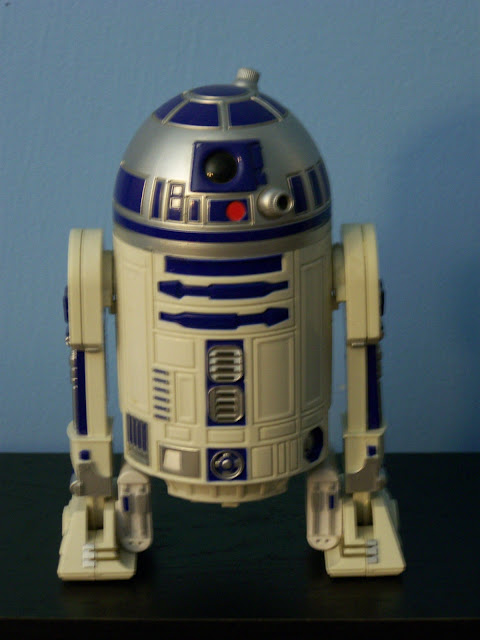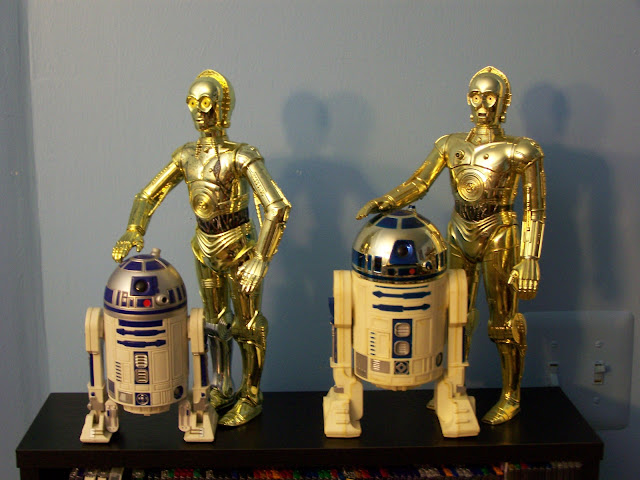I’ve read many articles over the years that have discussed the transition of comic books from paper to the Internet. While I prefer my comic books to stay on the printed page, one upcoming title that might change my mind is Batman ’66, a new series that’s being published online by DC starting this summer. Batman ’66 issues will be written Jeff Parker and its initial stories will be drawn by Jonathan Case.
Batman ’66 will be based on the live-action Batman TV series that premiered in 1966 and starred Adam West and Burt Ward. According to Parker in an interview with Comic Book Resources, Batman ‘66 is going to follow the TV series’ approach to Batman as closely as possible, including the campy scripting and bright visual aesthetic. “We are able to say that a grown man dressing as a bat and fighting crime is a whacked-out concept, and embrace it all the way,” says Parker. “I think with this you have to be able to get thrills and humor in balance, you can't treat it like a lark. The story needs to be engaging and appreciate the audience.”
I’m glad to see that the classic Batman TV series is getting some newfound love from DC. Even though there are still legal issues that keep the show from being released on home video, the Batman ’66 comic is arriving at around the same time as Mattel’s new series of toys based on the Batman TV series. As part of Batman ‘66, Parker plans to include Batman villains from the comics that never appeared in the TV show, villains such a Killer Croc. At the risk of being accused of Bat-blasphemy, I’m hoping that we’ll also get to see campy, over-the-top interpretations of Bane, Hush, Ra’s al Ghul, Damien Wayne, and a Burt Ward version of Nightwing.
Mattel's new Batman action figures. Note how closely the figures capture the respective
likenesses of Adam West, Frank Gorshin and Burgess Meredith.
























































